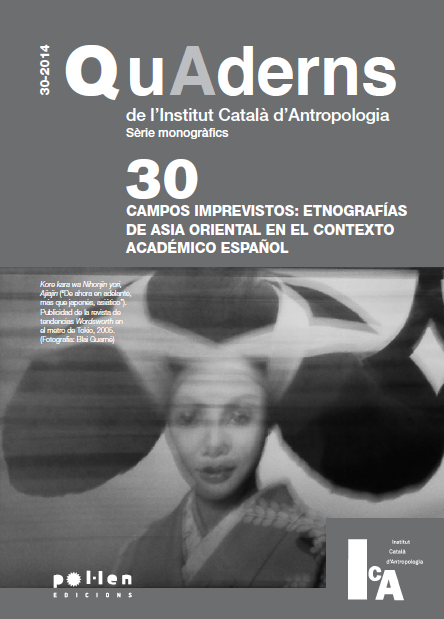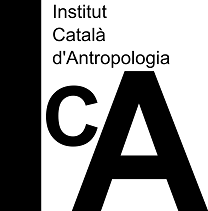“Who are the Tai?” Notes on ethnography and categorization in a “buddhist” community in Sipsong Panna (people’s republic of China)
Keywords:
China, ethnic minorities, Tai Lue, Buddhism, ethnography, participant observationAbstract
Sipsong Panna, in southern Yunnan Province, is home to the largest Theravada Buddhist community in the People’s Republic of China, the Tai Lue. Following the end of Maoist violence and the recovery of monastic ordination, the gradual
integration of the area into national, regional, and ultimately global cultural and economic orders has put into question the participation of Lue monks in practices normally considered incompatible with the pursuit of religious goals. Nevertheless, these practices – eating solid food after midday, drinking alcohol, and cultivating the body – serve as the core of a common identity for the group. Based on the author’s long-term experience in the area and continued engagement with these practices and participation in the “cultural intimacy” of the Lue monks, this paper emphasizes the value of ethnography in expanding the limits of what is conventionally understood as “religious practice”, emphasizing the fluidity of the boundary between monastic and lay experience, and questioning various official categorizations and academic perspectives regarding the community
Downloads
Global Statistics ℹ️
|
126
Views
|
298
Downloads
|
|
424
Total
|
|
Downloads
Published
How to Cite
Issue
Section
License
Distributed under the terms of the Creative Commons Attribution 4.0 International Use and Distribution License (CC BY-NC-SA 4.0)




